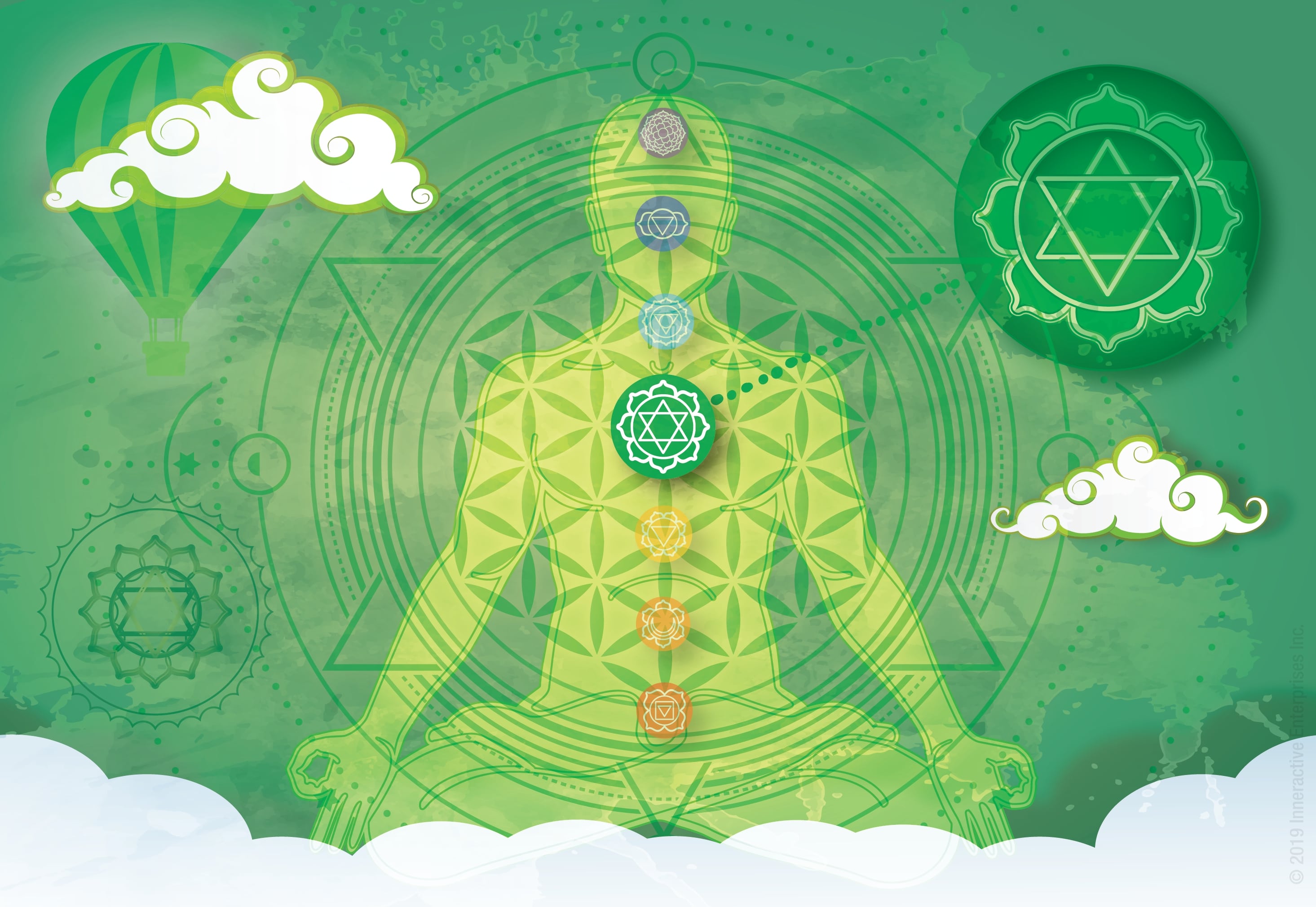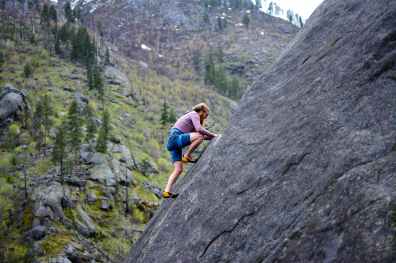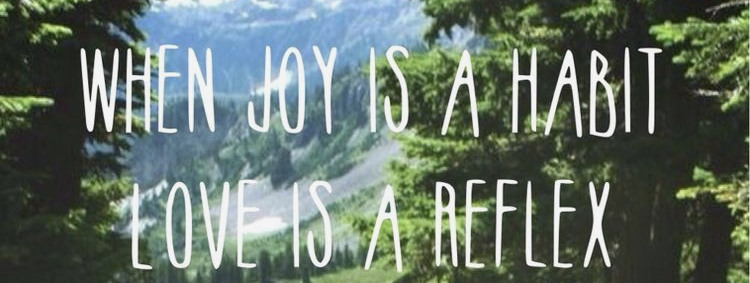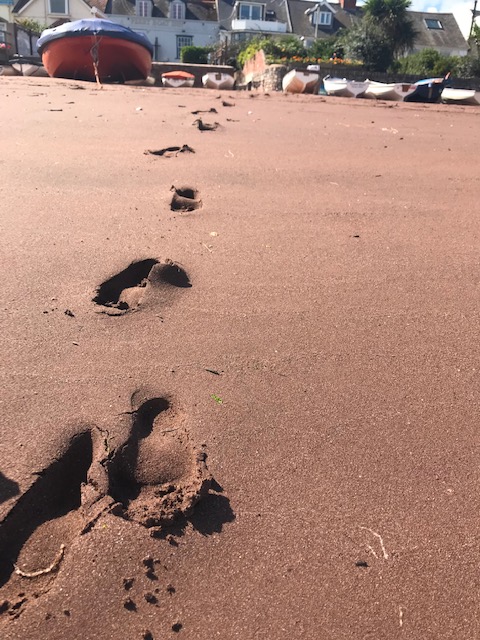When I hear the word ‘retreat’ I instantly think of a holiday. A time to kick back, relax and leave the busy-ness of everyday life behind me. The literal meaning is slightly more negative in its connotation, though. To retreat is to appear defeated, to be forced to withdraw and/or escape. We say and hear things in common parlance like “I bid a hasty retreat!” or “the shares in that company retreated and they went bust”. When you break it down, however, at it’s core is the very positive word ‘treat’. To re-treat, then, must surely be a fantastic thing! You’ve been treated and now you’re getting another one! So, as always, it’s our use of the word, our intention behind it, that has altered our perception.

Thankfully, with the rise of Yoga as a more mainstream means of connection to the Divine, to ourselves and to our bodies, you may, like me, hear ‘retreat’ and think of peace, tranquility and time and space to reflect. This is what I wanted to offer on the first retreat I offered earlier this summer and my starting point was place. Where in the world did I feel settled, at peace, at home? Where, too, did I feel inspired, creative and energised? Where did I know well enough to feel confident in sharing it with my attendees? There is one small town on the south coast of England that provided the answer: Shaldon, in Devon. I’ve been countless times, in childhood and into adulthood. I’ve travelled there with loved ones, friends and alone. And every time it rejuvenates me.

I set about looking for a property that would offer space, light and comfort and found The Curlews, set up the hill from Shaldon, but only a short walk away and offering the best panoramic views of the area. I booked it, there and then, possibly rashly, but I just knew this was something I wanted to do. I was extremely excited! I made mock food orders online to see how much the food budget should be. I set about inviting regulars in my yoga classes by emailing images of the place I was providing and soon, people started enquiring about prices and room configurations and Shaldon itself. Within a month I’d confirmed four of seven places. Within two months I had fully booked it. Now all I had to do was ensure everyone had a wonderful trip!

I asked my guests what, from a list, they’d prefer to learn about and planned workshops around their interests. I planned two yoga sessions a day – sun salutations for the morning, with variations to expand their knowledge, and some ‘regular’ Hatha classes based on their needs (someone wanted to learn better ‘balance’ for example). I planned little gift bags and practised my menu – yes, I was cooking for everyone too! As the weeks went by, the group started to ask about each other and someone kindly offered to organise a Saturday get together. We met in a local vegan cafe and chatted about why we were attending, what we knew of Devon, who was giving who a lift and so on. Things felt like they were getting very real!

My intention, was to offer a nurturing and peaceful environment in which people could explore what they most needed next in life. A place to respond to the call of their heart, to get some rest and, most importantly, treat themselves to some nourishment, however that might best present itself for them. I drew up a timetable (once a teacher, always a teacher…) of workshops and classes on offer and sent it out as our ‘itinerary’ prior to the weekend. I made it very clear that these were ‘drop in if you feel like it’ sessions, but I’m pleased to say, everyone did pretty much everything and the weekend flowed beautifully.
The calls of their hearts sounded loudly from almost as soon as their bags touched the guest room beds and, with that came a plethora of different needs. Some were grieving, some were detoxing, some were questioning their direction. If setting up and leading a retreat is full on, exciting and demanding, then attending one can certainly be nerve-wracking and emotional. Yet do not fear! A group of eight women, supporting each other with respect was a wonderful thing to behold. They knew instinctively when to leave people alone and when to offer an ear. When to give advice and when to crack a joke. They all got along really well, despite a wide range of ages and backgrounds and it didn’t take long for a very ‘commune’ vibe to ensue! What was particularly wonderful to observe was the effect the morning meditations had on people’s emotions. Where it needed to soothe, it soothed, where it needed to allow release, people released, yet we were all following the same chant or visualisation. I’ve observed similar, of course, but this was far more intimate.

So, was the weekend a success? Did people leave nourished and expanded and renewed? I most certainly did! I learned that women are extraordinarily healing, naturally, no matter what their background and views on the subject and a group of them, all interacting and engaging with the purpose of self nourishment, somehow expands to nourish the group. I learned, or rather re-learned, that Shaldon holds an energy for me which is profoundly soothing and regenerative and that I need to be able to afford to live there one day, or at least visit as often as I possibly can! And, finally, I learned that taking a retreat is something everyone should do at least once in their lives, be it to meditate, to paint, to dance or sing or sit in nature: whatever moves your soul will heal you. Below are some of the wonderful comments received from my guests. If it looks like something you’d like to join me for in the near future, contact me via my website contact page for more information!
Namaste
‘Jo you are an excellent Yoga teacher! I loved the retreat. You and all the participants were such an inspiration! I loved all the things that we did from yoga on the lawn to the early morning meditation and I especially loved the food! Your cooking was YUM! I would definitely would love to be involved in your next retreat.. it was well worth it!’
‘I loved the workshops, classes and connecting. The (tarot) reading was spookily accurate! A beautiful experience with beautiful people, thank you so much, Jo’
‘A big thank you, Jo, for putting together such a wonderful retreat, in so many ways. It has given me a deeper understanding of Yoga, meditation and natural healing so I can lead a calmer life.’
‘The retreat was a wonderful, enlightening journey. The beautiful mix of yoga, meditation, food and company has been a life-changing experience. It gives you time to concentrate on yourself and work through things.’
































 Left: Vayu Mudra – try it for neck pain
Left: Vayu Mudra – try it for neck pain